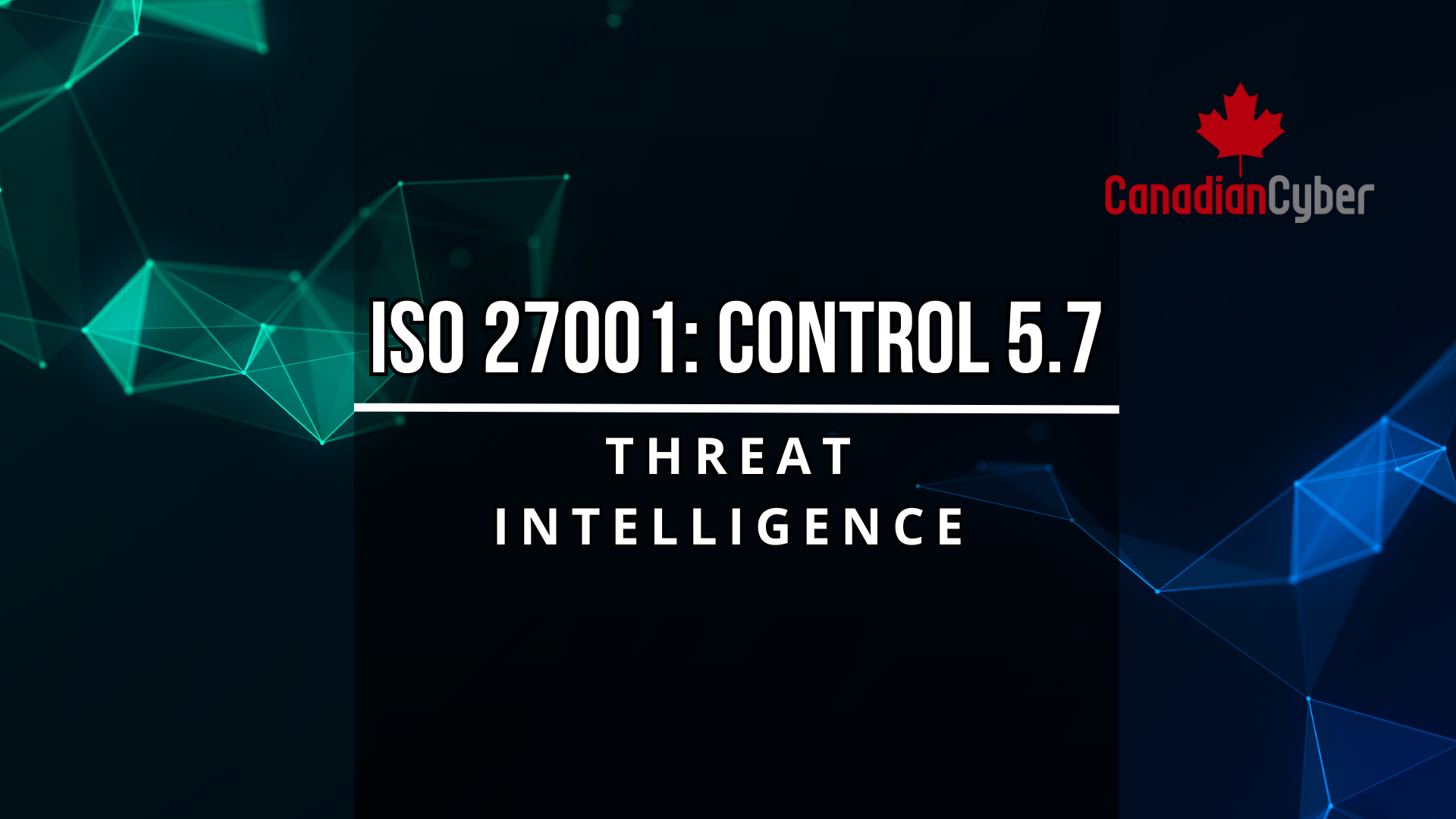ISO 27001 Control 5.7 turns cybersecurity from reactive to proactive by using threat intelligence to anticipate and counter attacks. Learn how to collect, prioritize, and integrate threat data effectively.

Cybersecurity is no longer just about building walls it’s about anticipating attacks before they happen. ISO 27001 Control 5.7 focuses on threat intelligence gathering and using information about current and emerging threats to proactively defend your organization.
Done right, threat intelligence transforms security from reactive firefighting into proactive risk management.
🔒 Control Title: Threat Intelligence
📘 Source: ISO/IEC 27002:2022, Section 5.7
🧩 Control Category: Organizational
🔍 Attributes:
Control Type: #Preventive / #Detective
Security Properties: #Confidentiality, #Integrity, #Availability
Cybersecurity Concepts: #Identify, #Protect, #Detect, #Respond
Operational Capabilities: #Threat_Intelligence, #Incident_Response
Security Domain: #Protection_and_Defense, #Governance_and_Ecosystem
To ensure that organizations collect, analyze, and use threat intelligence from internal and external sources to improve detection, prevention, and response to security incidents.
1) Identify Threat Intelligence Sources:
2) Define Intelligence Requirements:
3) Integrate Threat Intelligence into Security Processes:
4) Establish Validation and Analysis:
5) Share Relevant Intelligence:
Threat intelligence:
At Canadian Cyber, we help organizations cut through the noise to get actionable, relevant, and timely threat intelligence. From selecting the right feeds to integrating them into SIEM and SOC workflows, we ensure intel directly reduces your risk.
We can help you collect, prioritize, and act on threat intelligence that matters to your business.
👉 Click here to get started.